Learn more about fly fishing reels, their components and how to load them!
Fly Fishing Reels
Our Range of Fly Reels
Large Range of Fly Fishing Reels For Sale
At The Essential Fly in our fly fishing reel department you will find a vast range for use for nymphing brooks where an ultra lightweight reel is required with a click drag, cassette reel with interchangeable cassettes ideal for boat or competition fly fishing to a 11 weight fly reel capable of taming the mightiest salmon assisting you with a strong drag to help reduce its exhausting runs. From freshwater to saltwater you will find stunning fly reels for every occasion and budget.
We have a large range of fly fishing reels for sale From Wychwood, Redington and Vision with fly reels from #1/#2 weight ideal for small brooks to #11/12 weight with strong, sealed disc drag to tame the mightiest of fish or a large arbour capable of carrying hundreds of meters of backing. Whatever species you are fishing for the fly reel will have to provide different facilities. For grayling fishing you maybe using long leader nymphing technique where your fly reels need to be light maybe just a 3 weight yet for Pike fly fishing your demands from your fly fishing reel are very different. For Pike a large arbour fly line is necessary to store lots of backing when you get the long pike runs taking the fly line off the reel down to the backing. When we fly fish in saltwater our fly fishing reel requirements are totally different with saltwater corrosive to tackle. Corrosion resistant saltwater fly reels where the drag is enclosed are essential for protection of your fly reel investment. With a vast range we can help satisfy most needs. Talk to our specialists about your requirements.
Fly Reel Usage By Line Weight
One of the frequently asked questions is what weight fly reel should I use? The answer is firstly the fly reel must be balanced with the fly rod so that the setup is well balanced so that your casting is not affected by imbalanced tackle. So if you have a 3 weight fly rod you need a #3 weight fly reel to ensure that the tackle is balanced. Next question is where are you going fishing and what species are you planning to target? The table below will help you decide which weight rod and fly reel you should be using.
Fly Fishing Reel Sizes | Where Normally Used |
| #2/3/4 | Stream / brooks fishing for Brook & Brown Trout & Grayling |
| #5 | Small rivers, brooks & streams fishing for Brown Trout & Grayling |
| #6 | Rivers and small lakes fishing for Brown & Rainbow Trout |
| #7 | Lakes, boats & reservoir fishing for Rainbow Larger Brown & Blue Trout, Small River Salmon Fishing |
| #8 | Reservoir & boat fly Reels, plus saltwater fishing for Rainbow, Larger Brown & Blue Trout, Salmon Grilse Fishing & saltwater species |
| #9 | Larger rivers and reservoirs fishing for trout, largemouth bass, pike, steelhead & salmon fly Reels |
| #10/11/12 | Large rivers & saltwater fishing for Salmon & Saltwater species |
For General Salmon fly fishing there are a few things to look for in a good reel, here is our recommended checklist of features. Also check out our top tops for salmon fly reel protection.




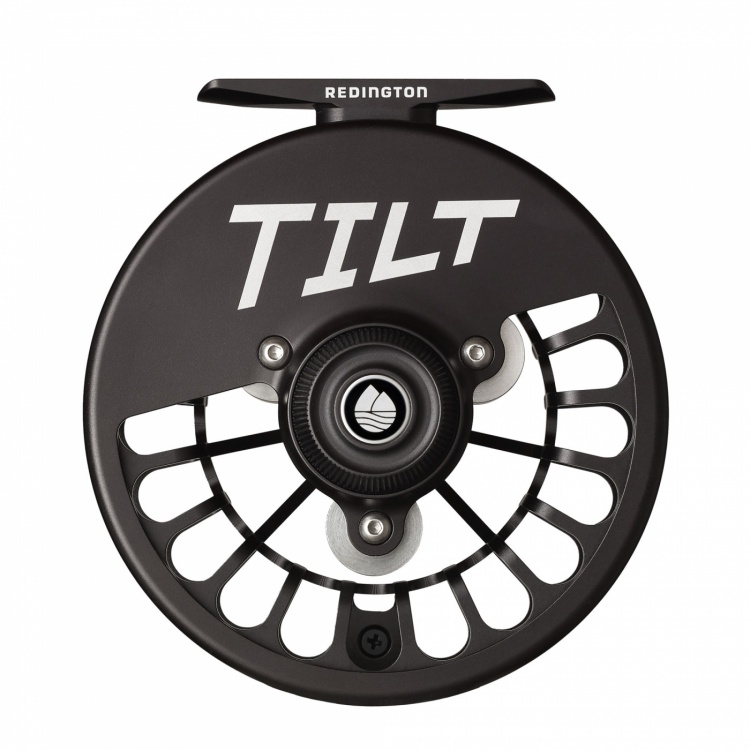
























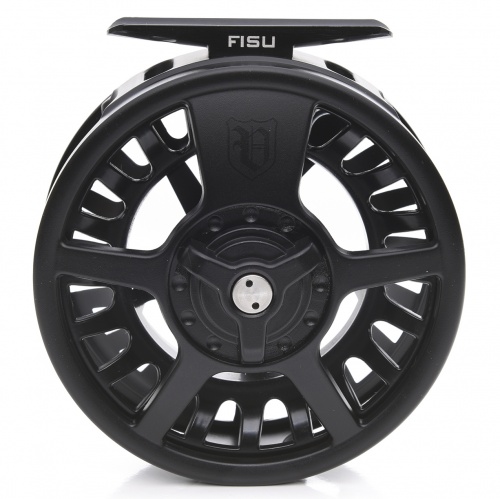
.jpg)
.jpg)
.jpg)
.jpg)
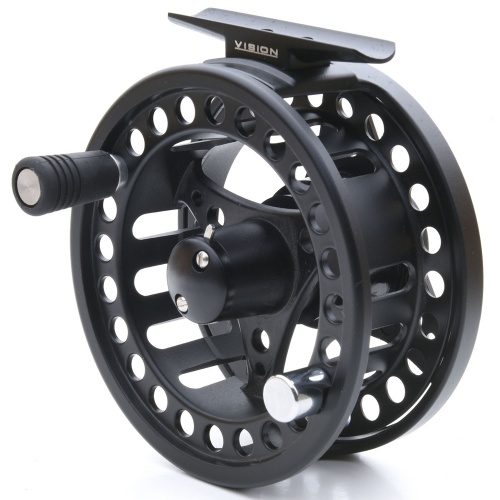
.jpg)
.jpg)
.jpg)

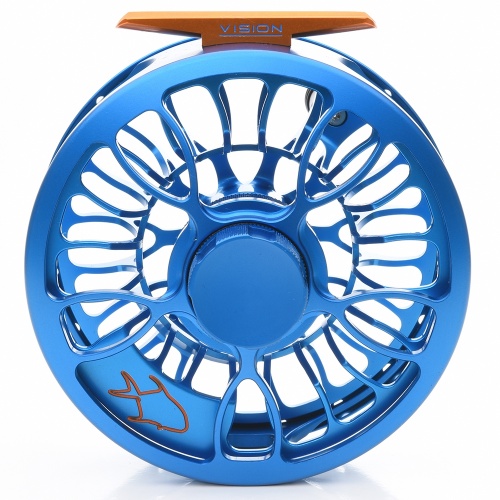
.jpg)
.jpg)
.jpg)

.jpg)
.jpg)

.jpg)
.jpg)
.jpg)
.jpg)

.jpg)
.jpg)
.jpg)
(1).jpg)
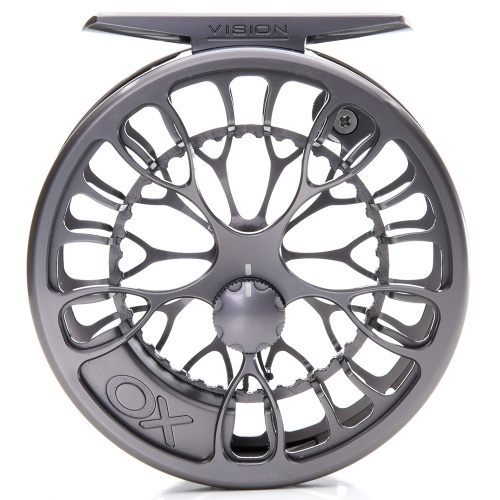

.jpg)
.jpg)
.jpg)

